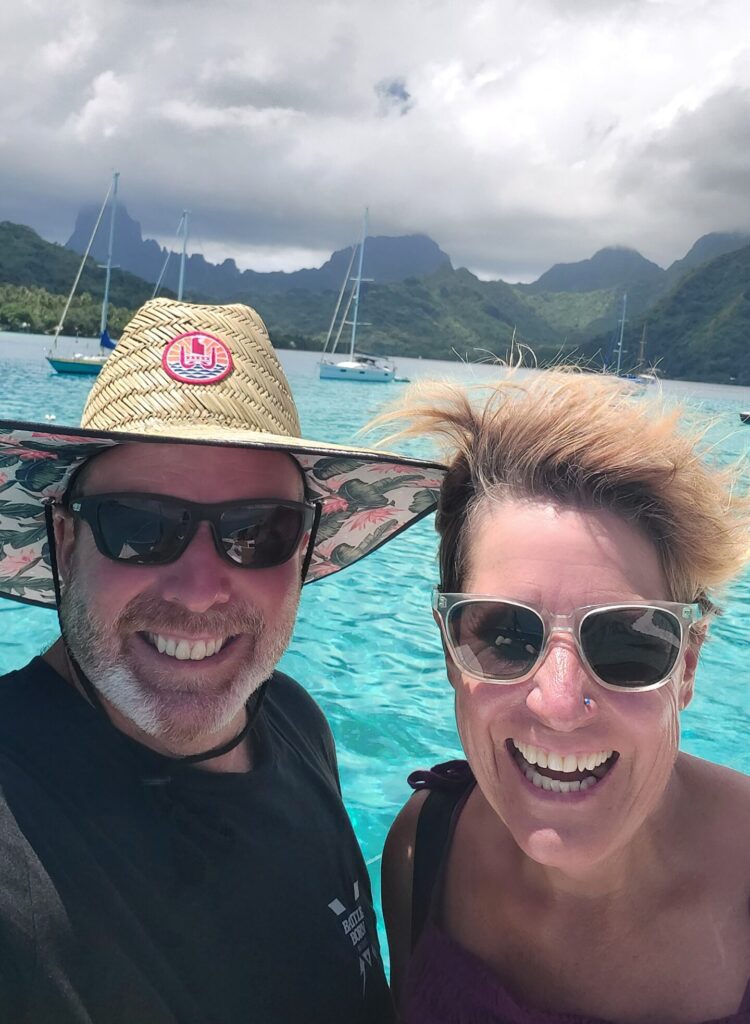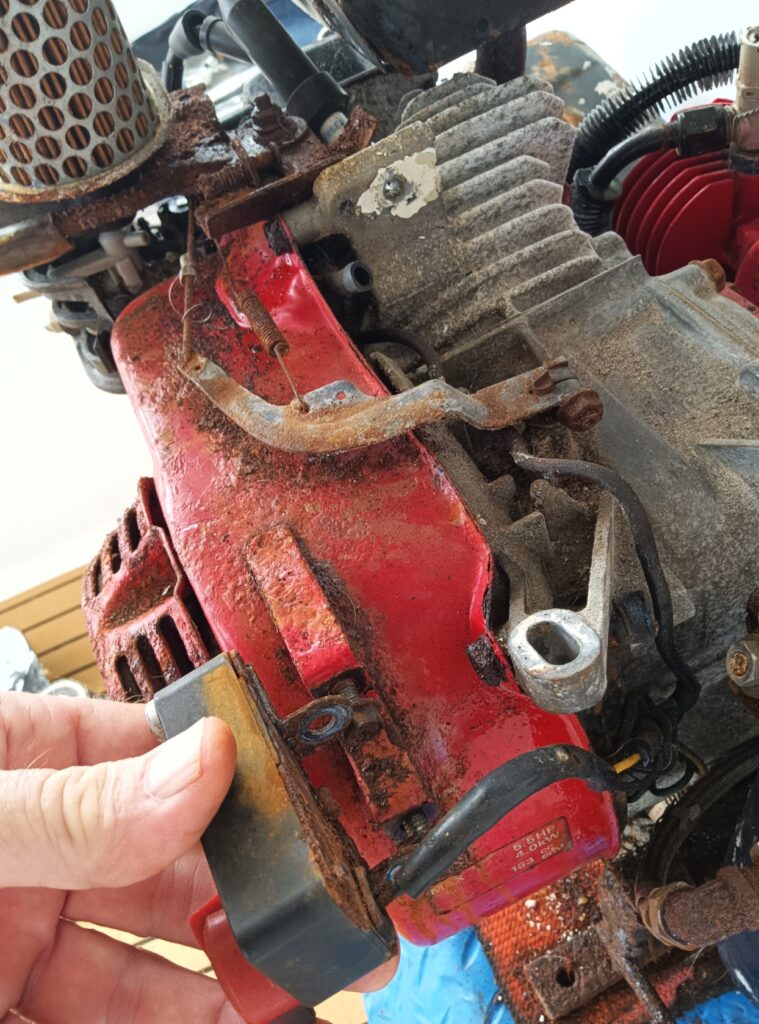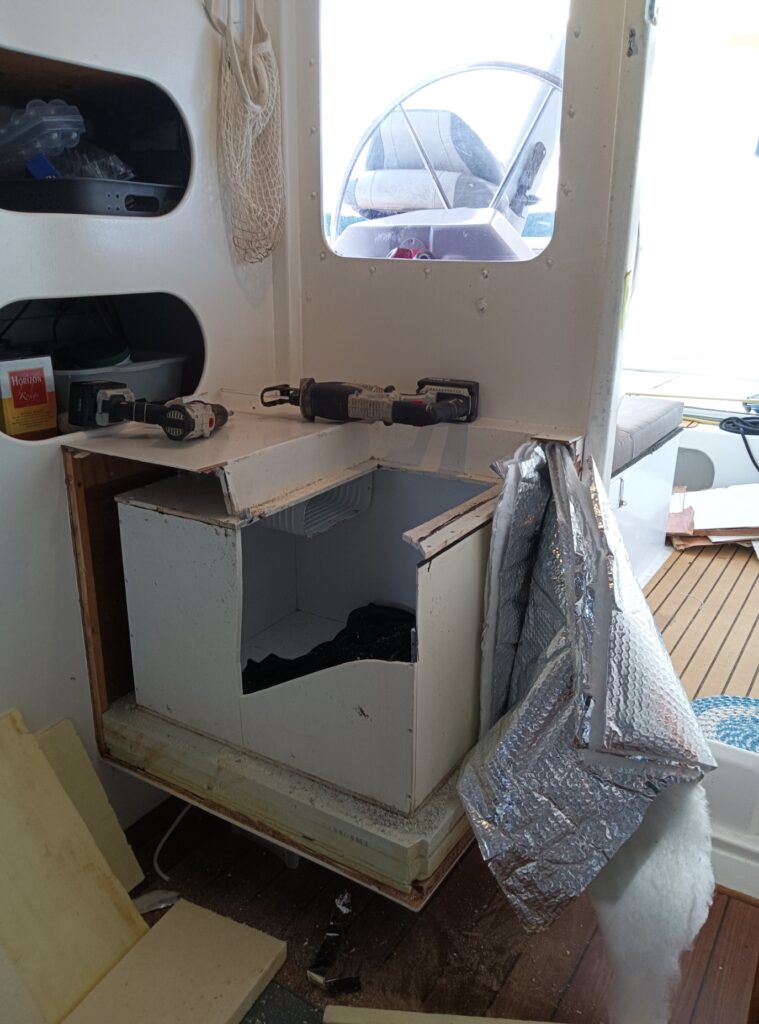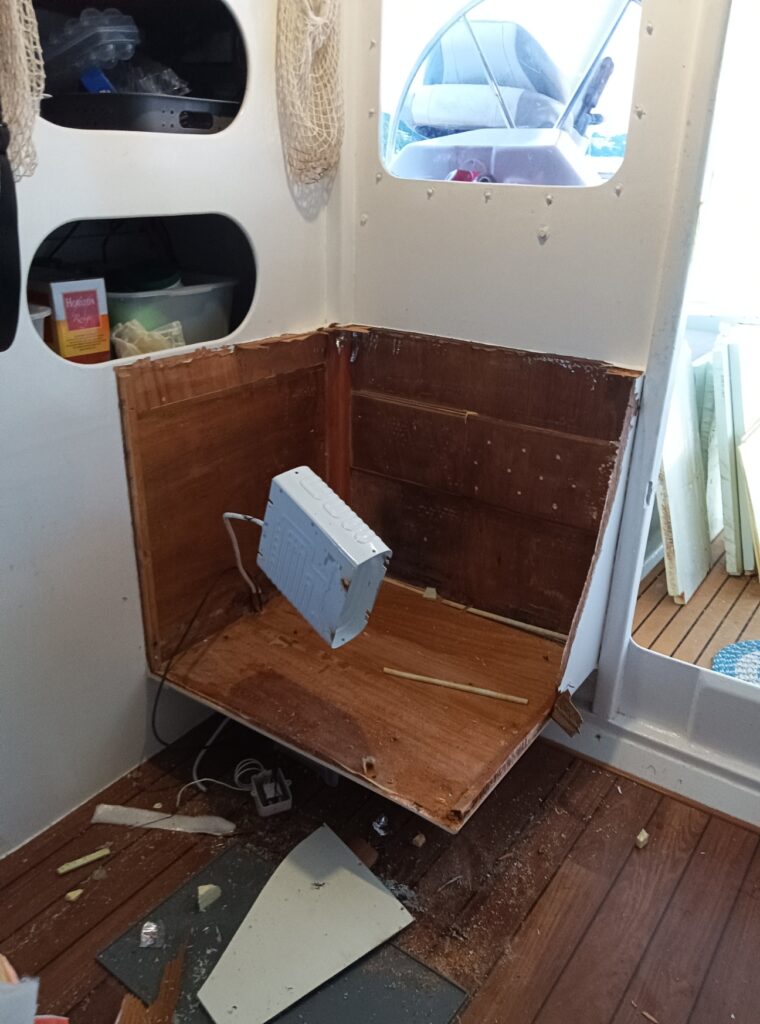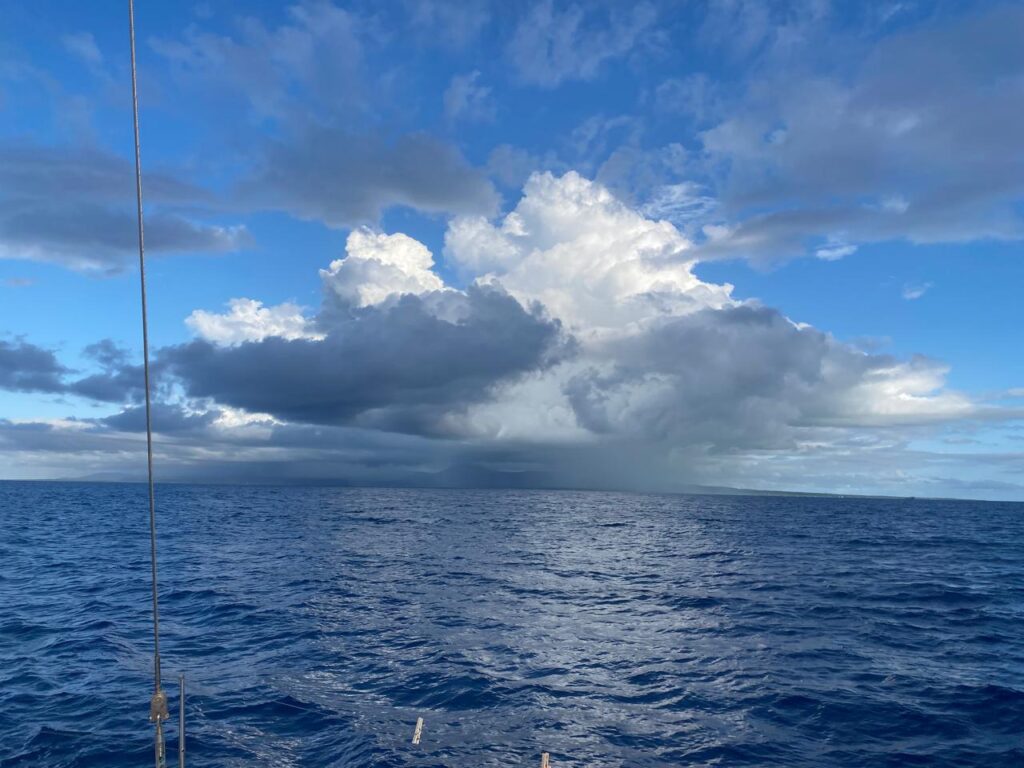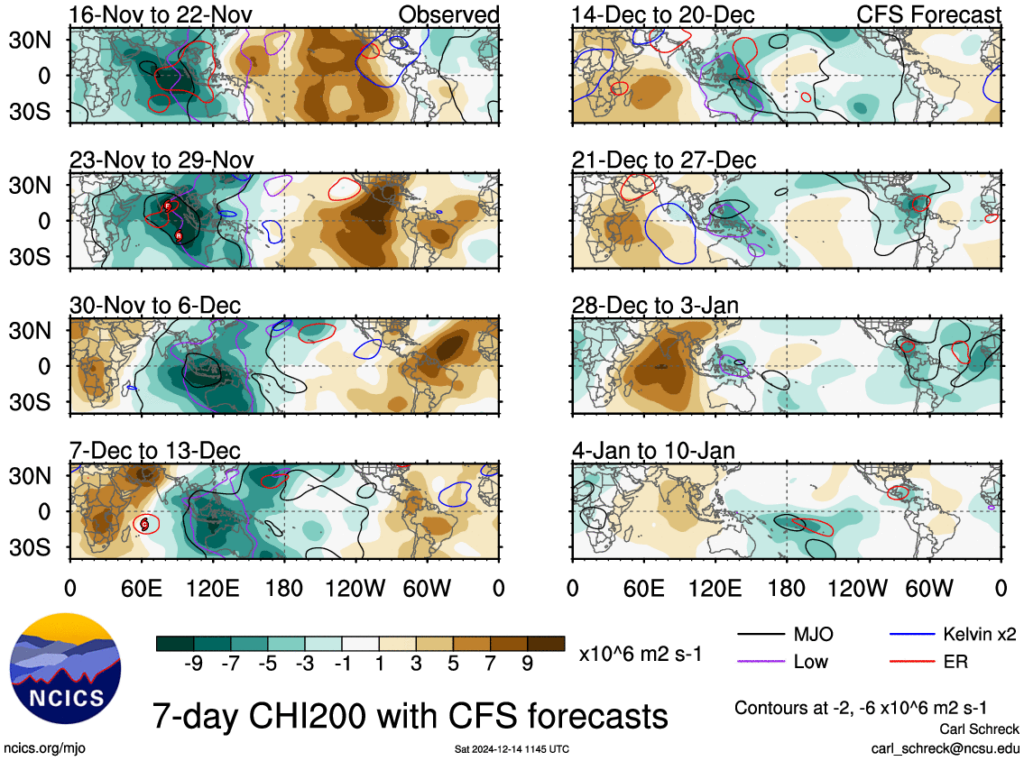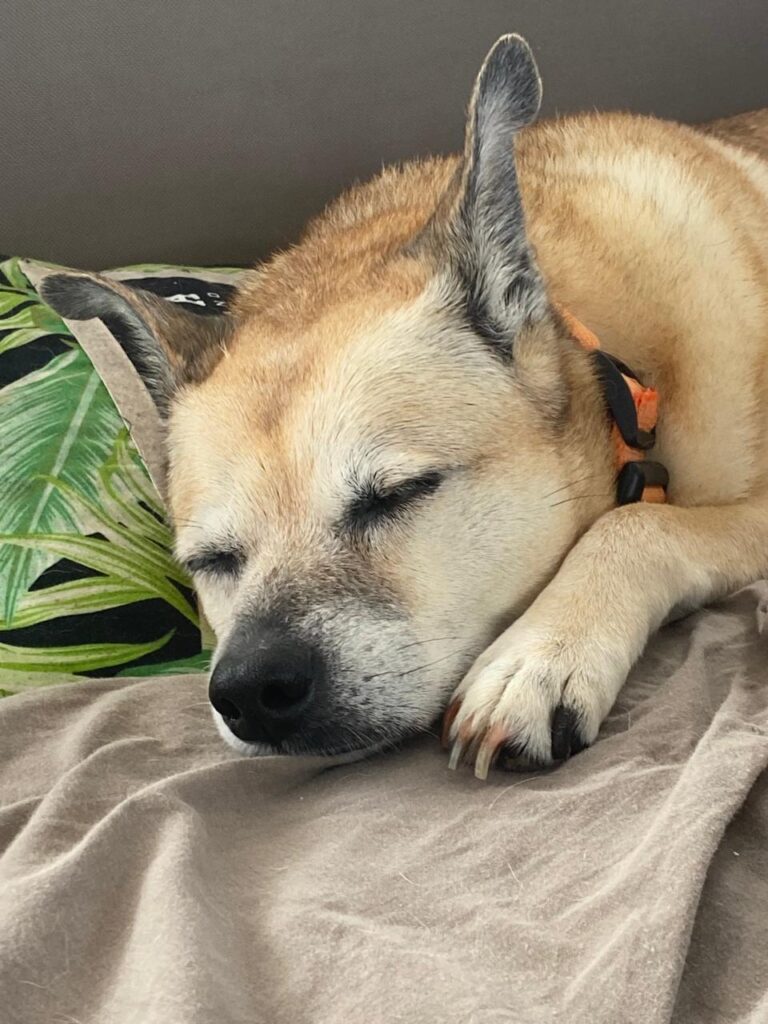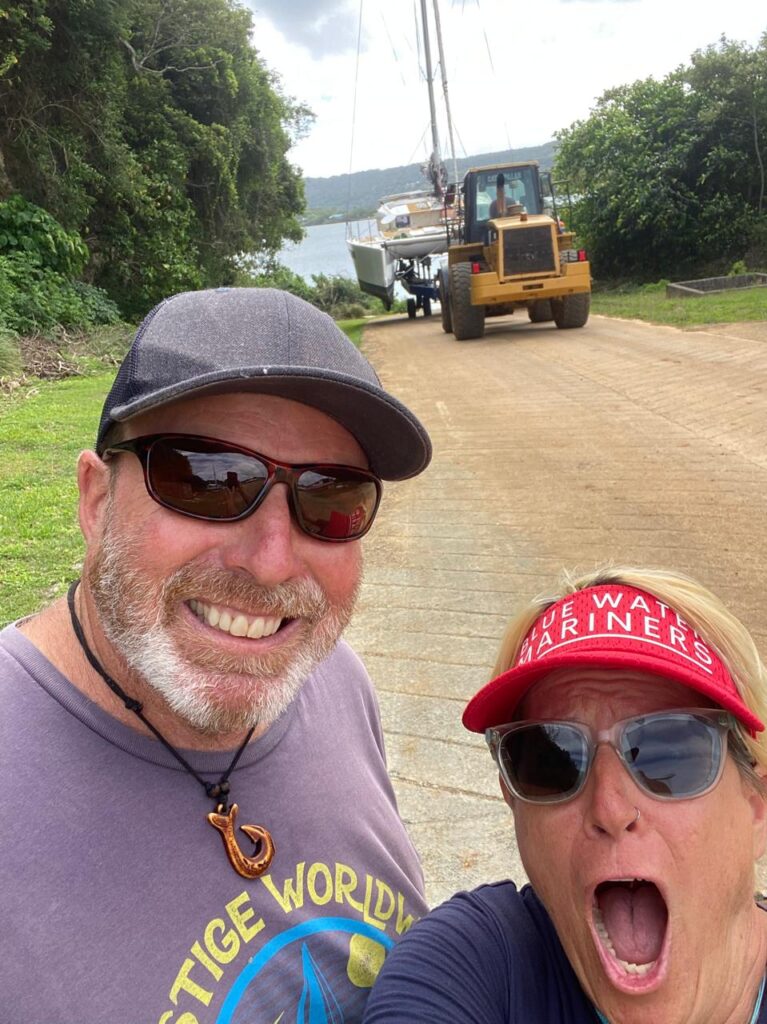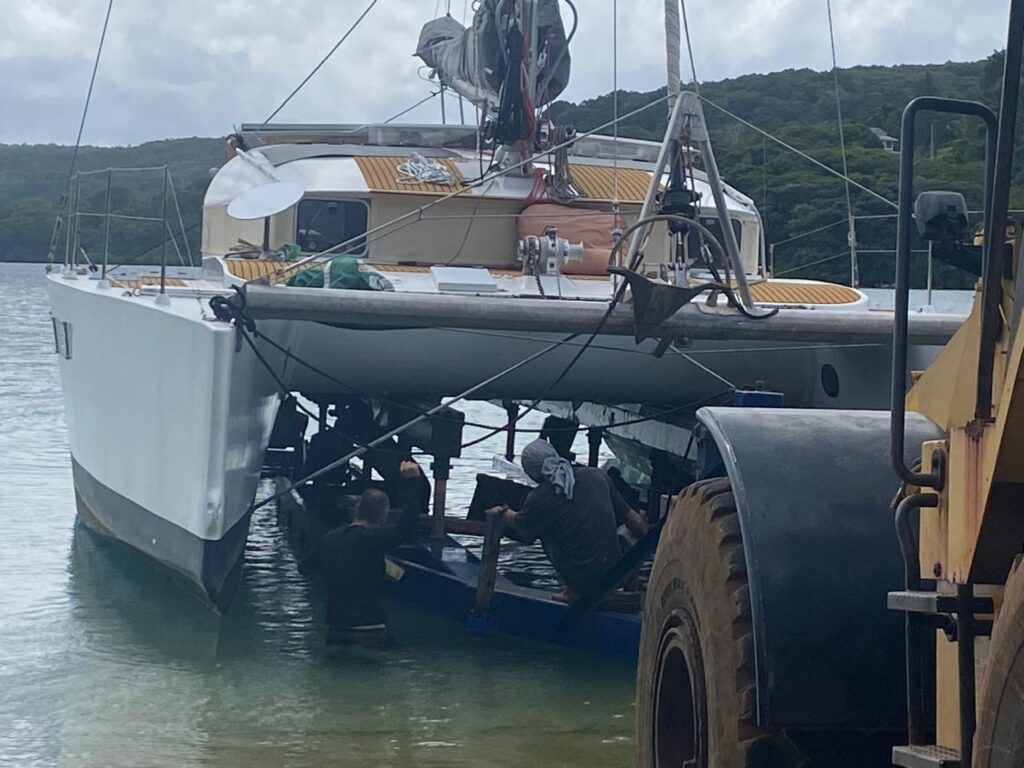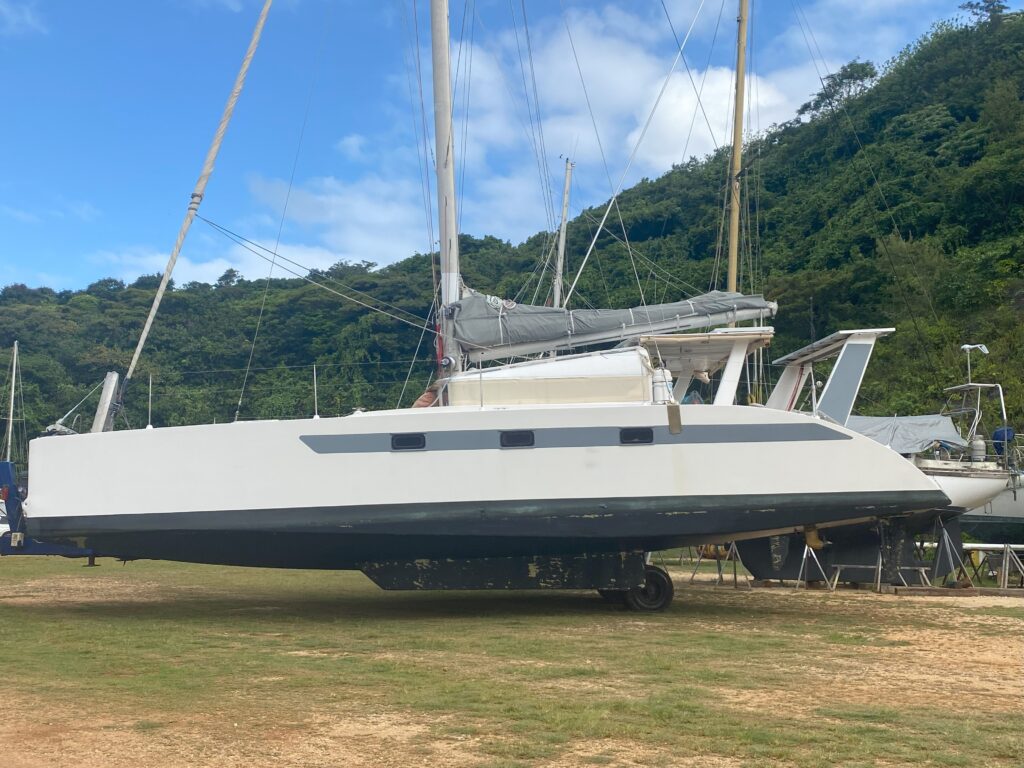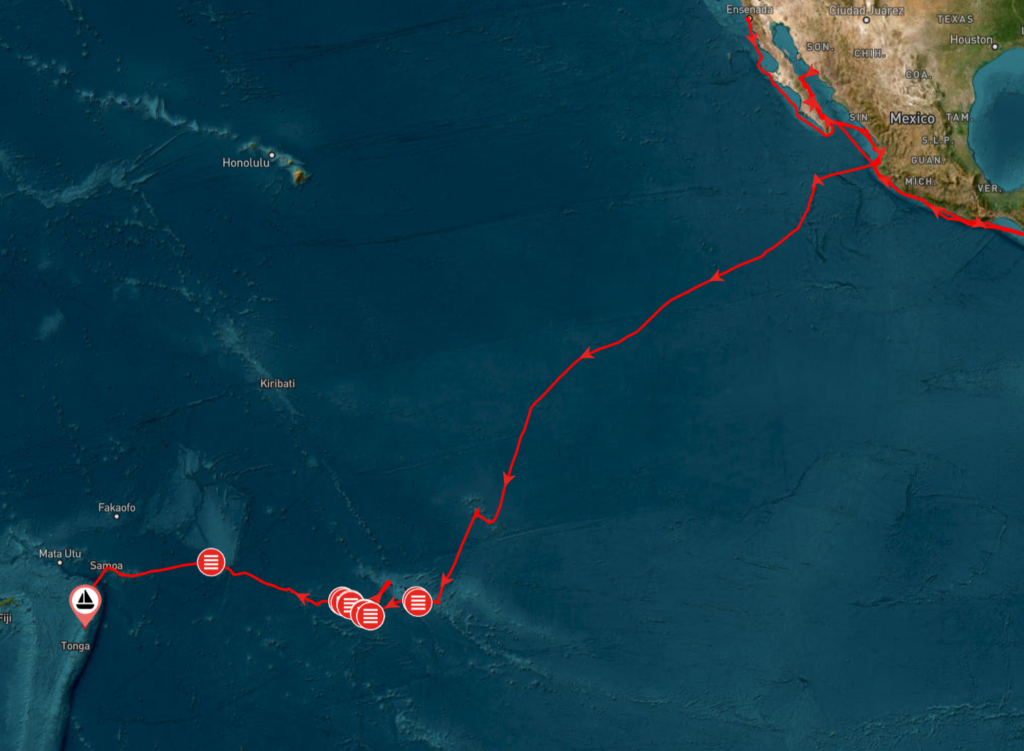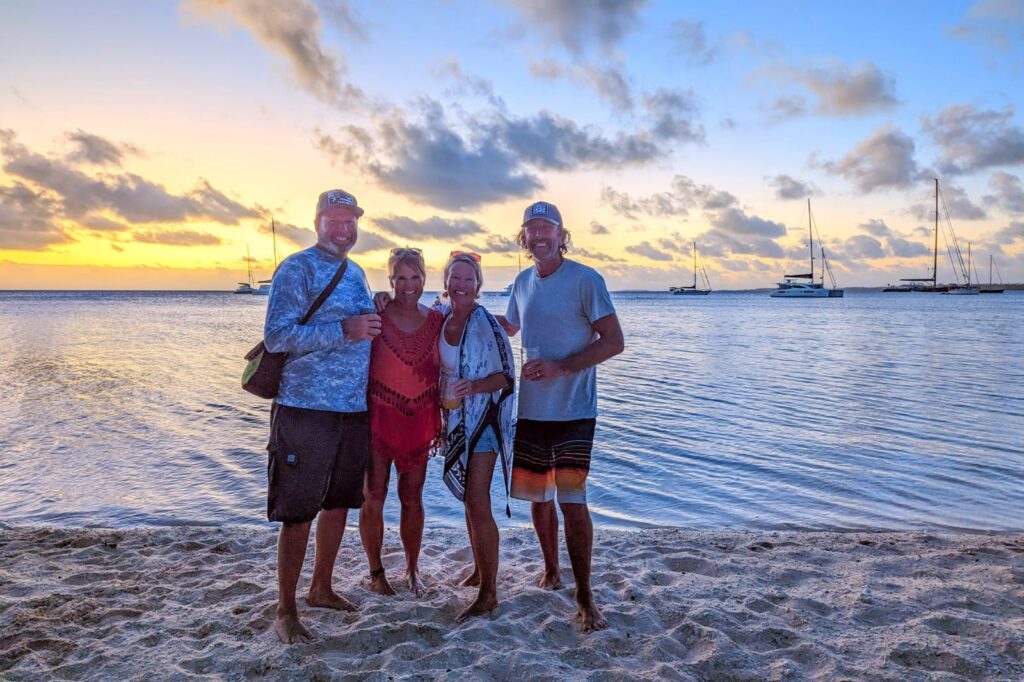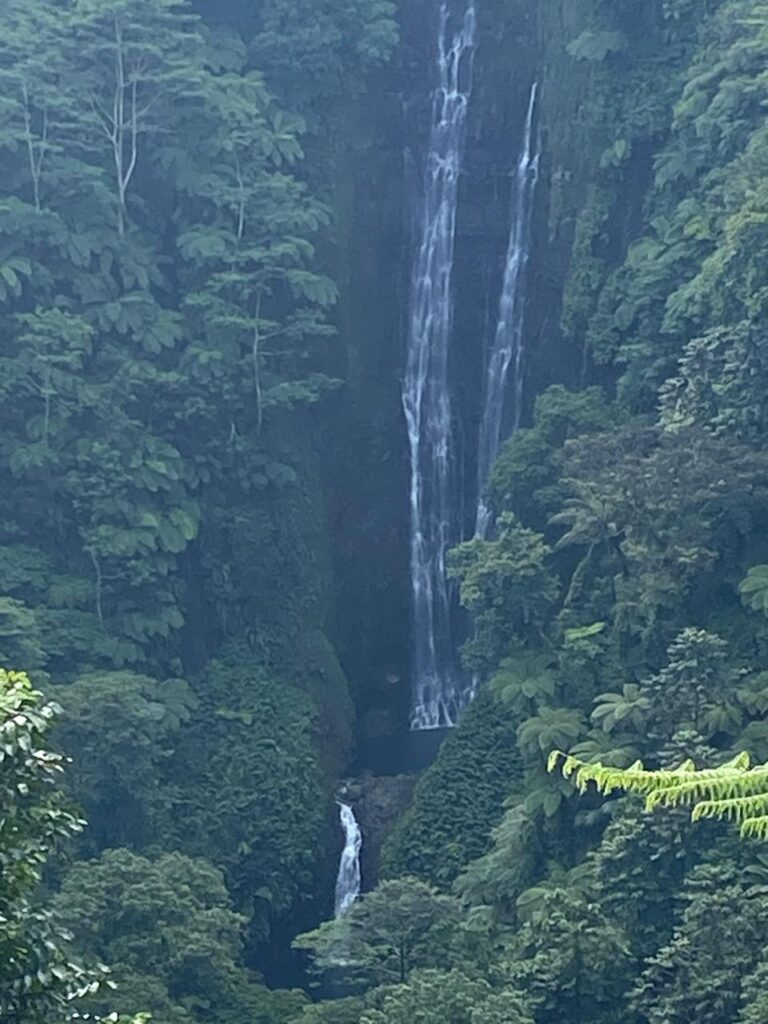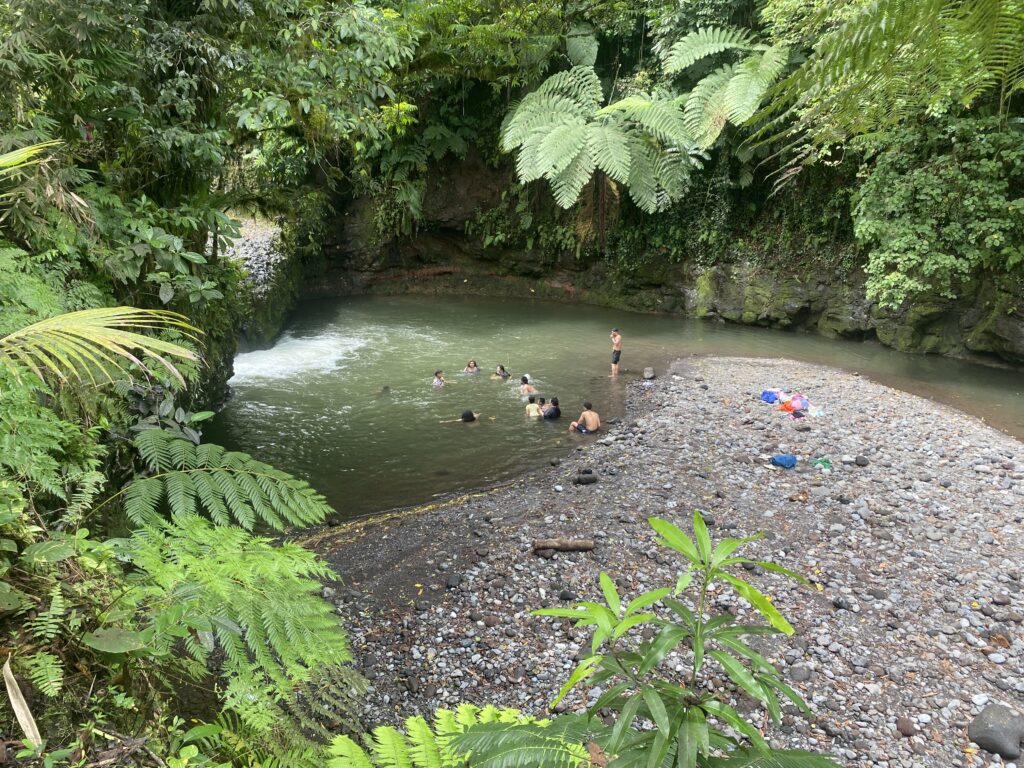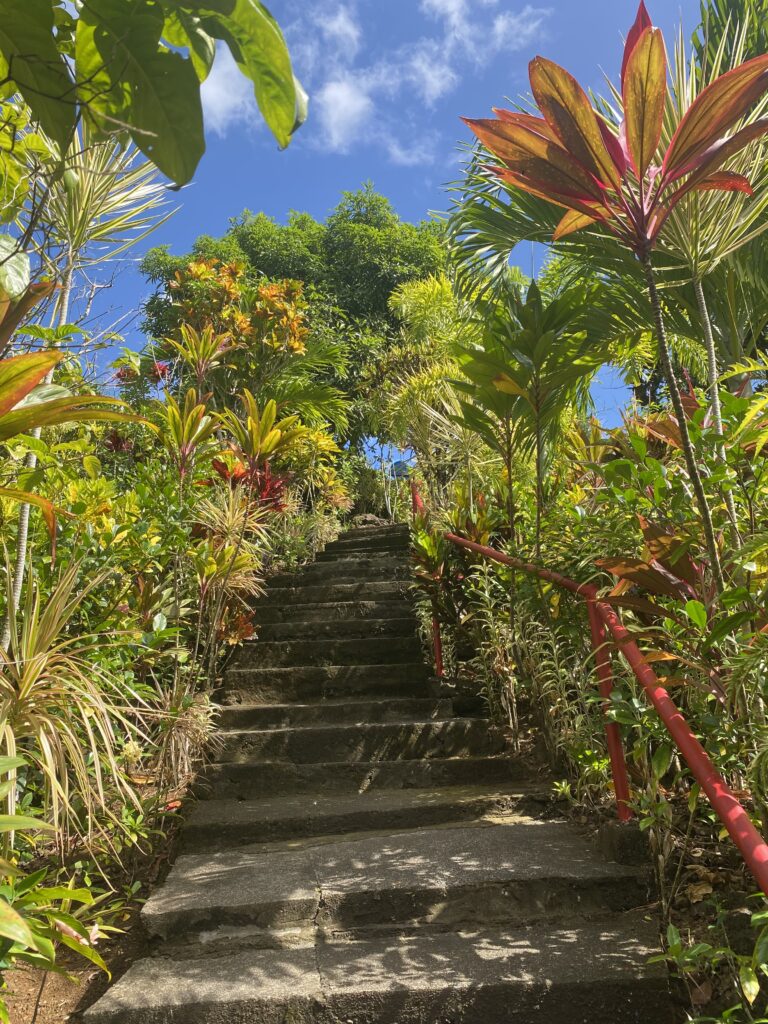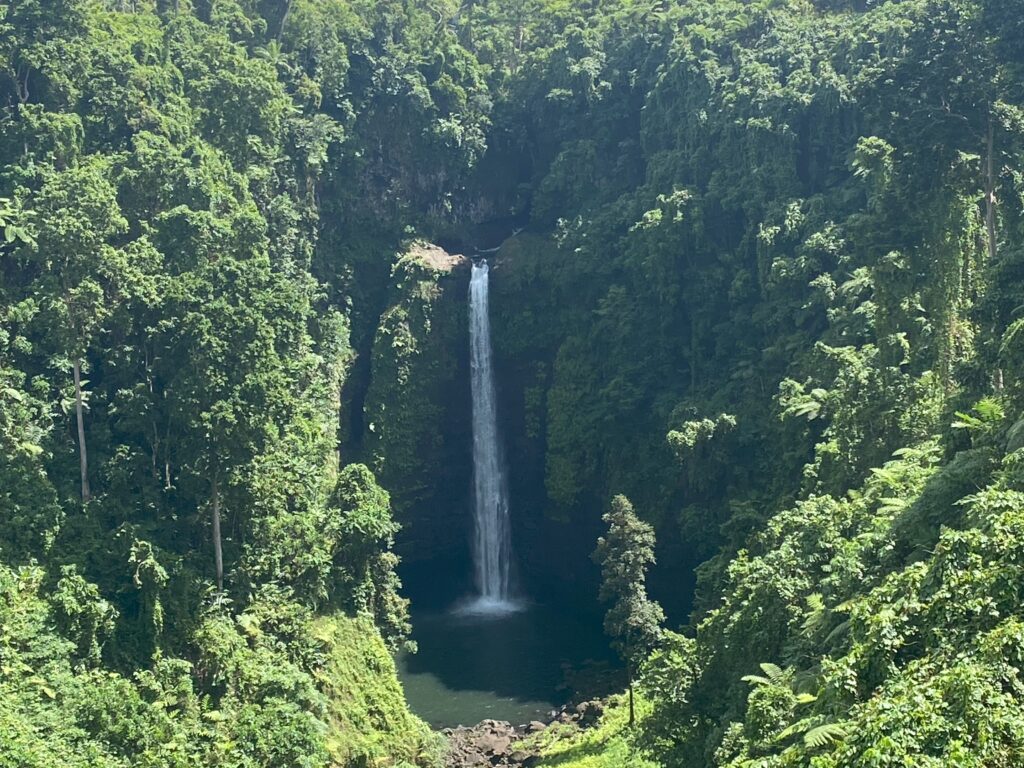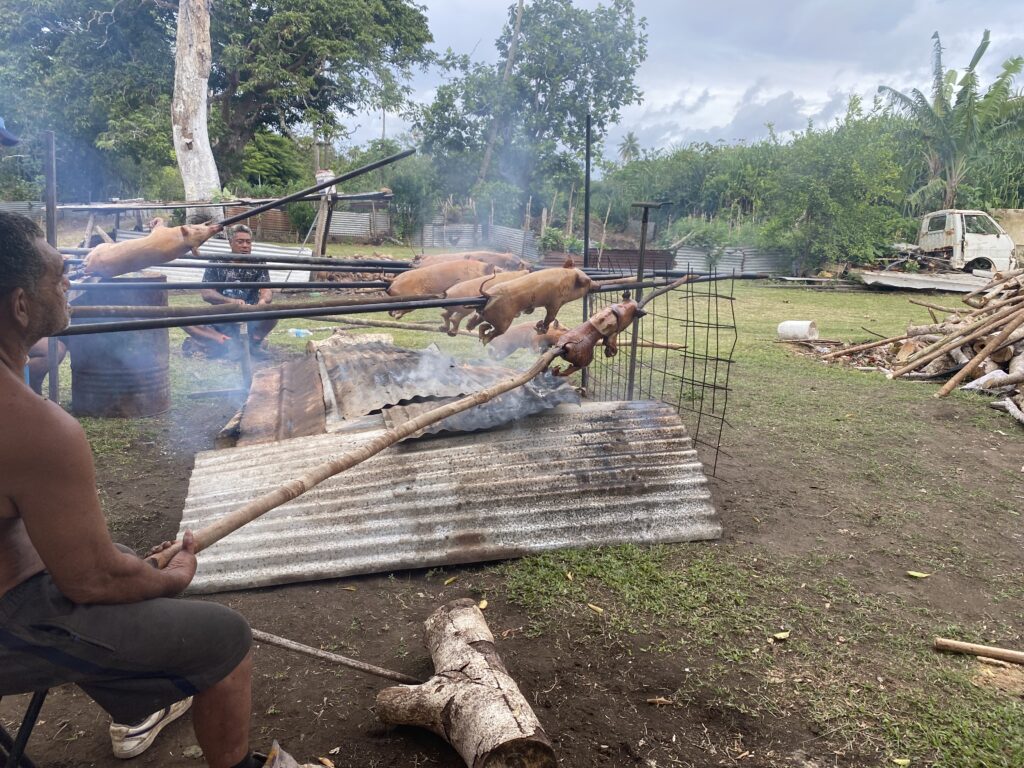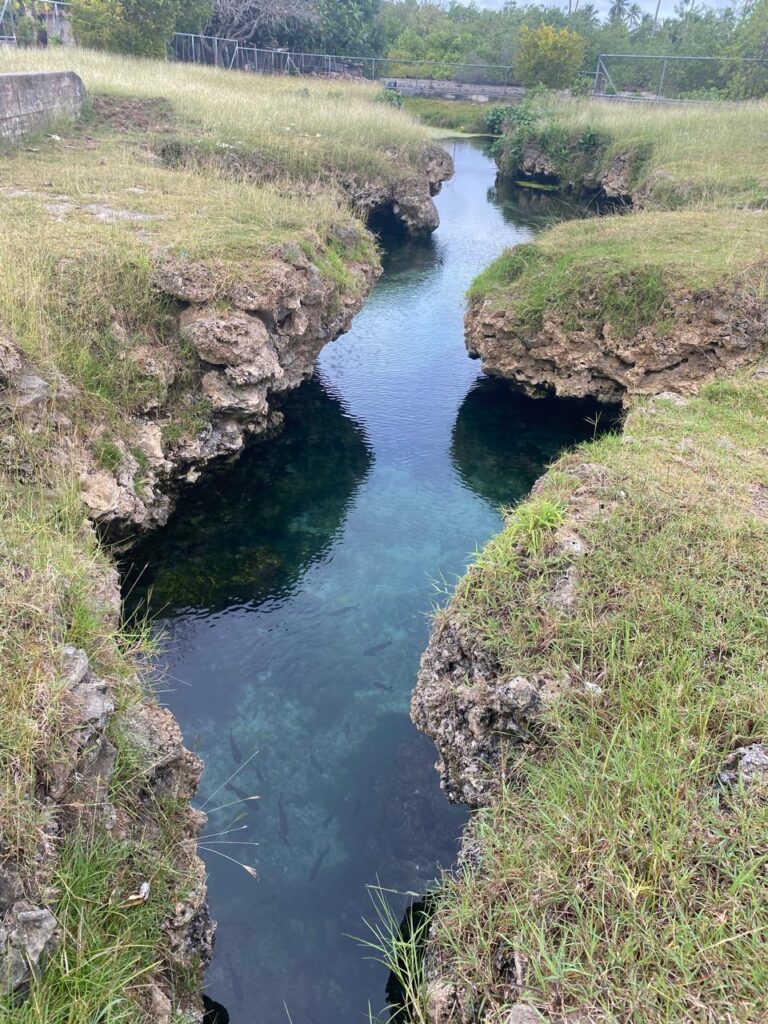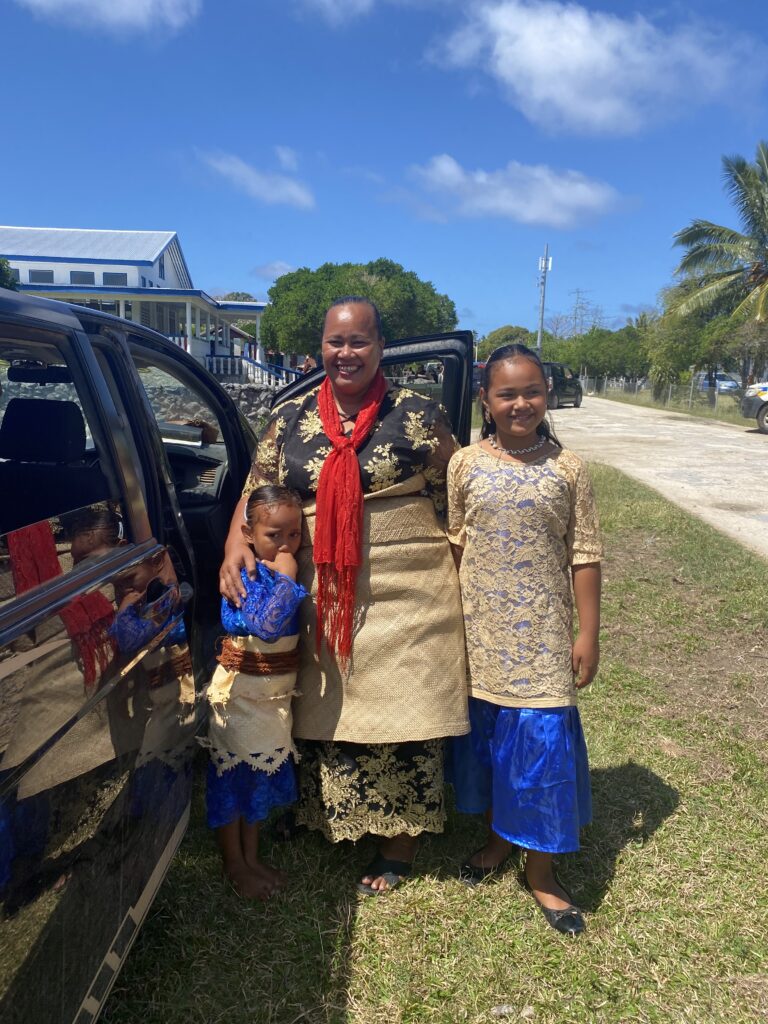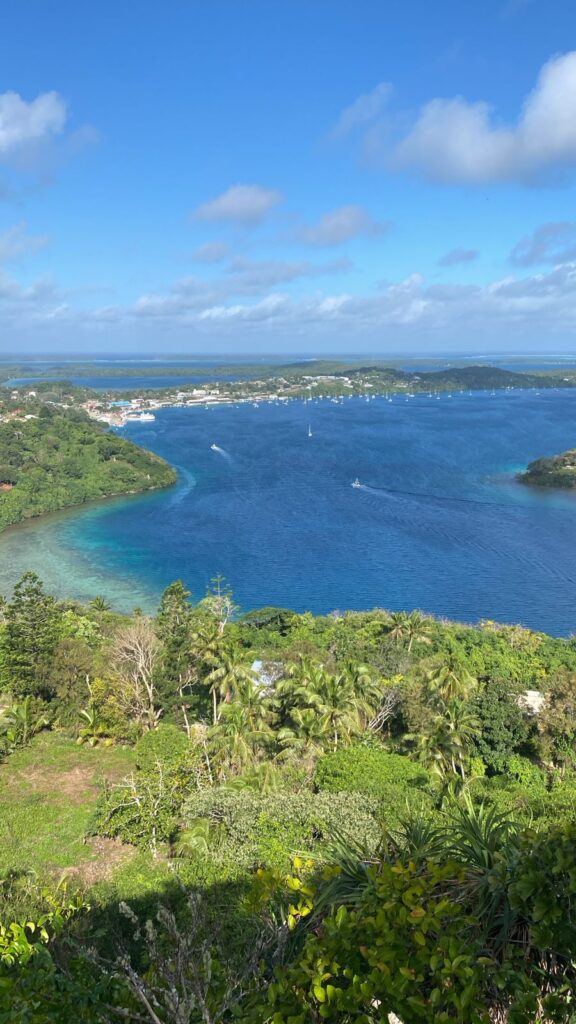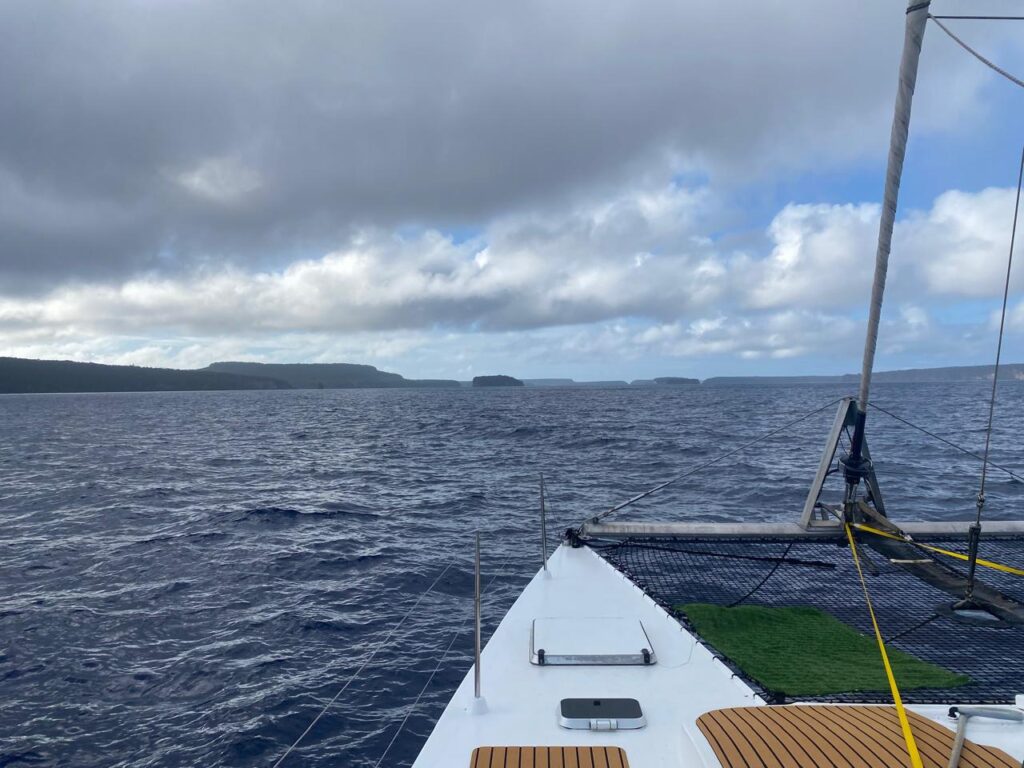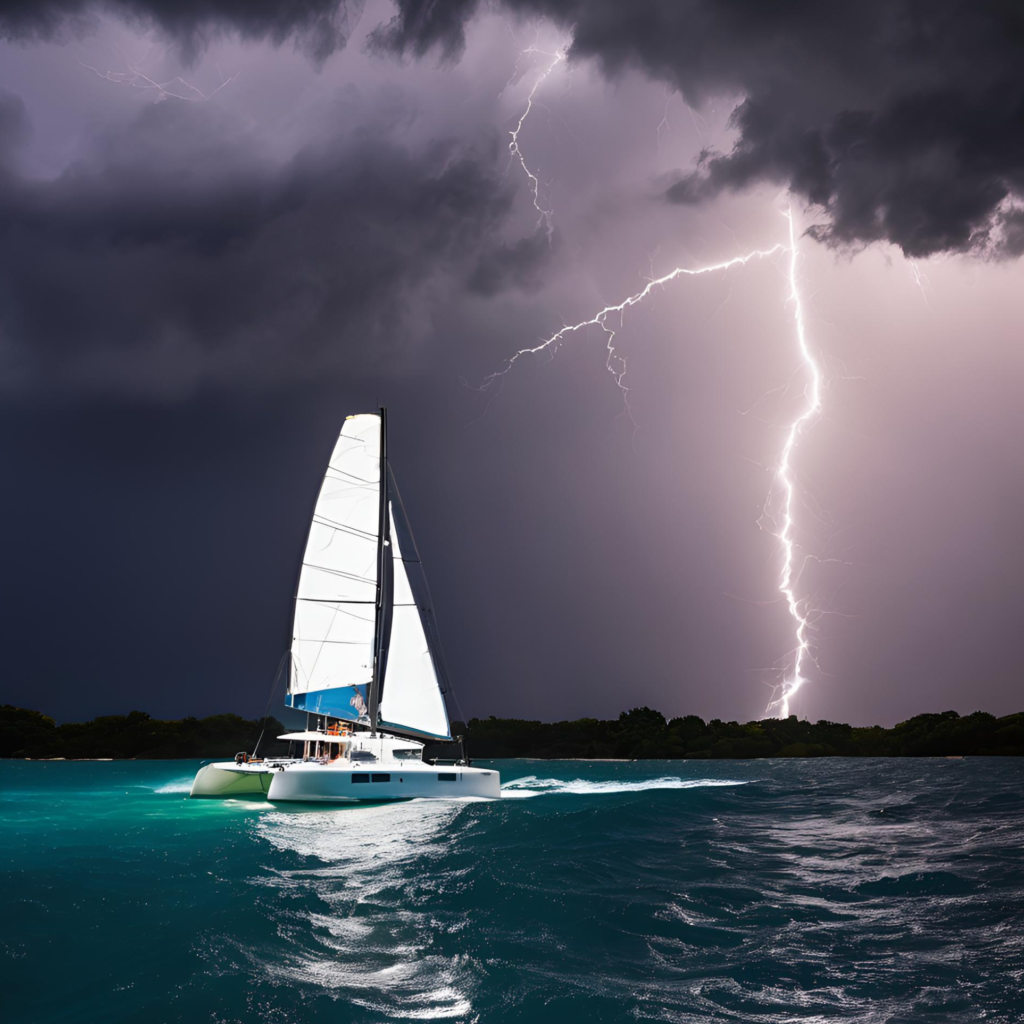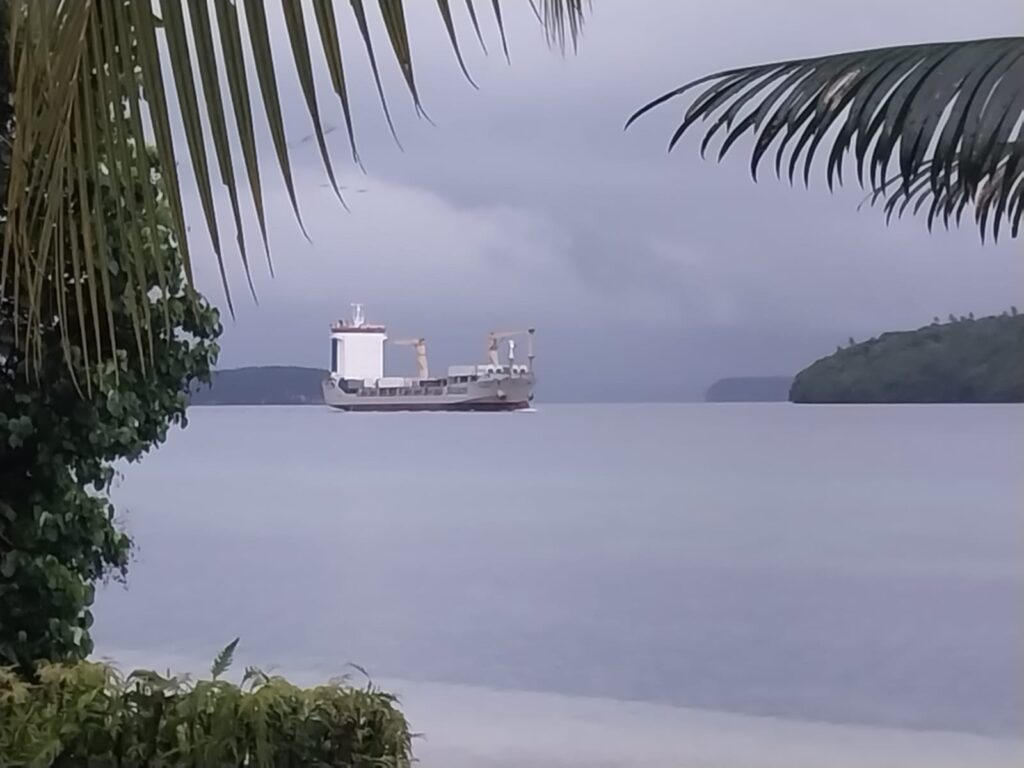
Most yachts come to Tonga, specifically Vava’u, because it is a natural stop along the westward path to Fiji and beyond. Depending on the timing Tonga might also be a vessels launch point sailing south to New Zealand. Did you know there are some very good reasons to consider Tonga for longer term cruising plans? Months instead of weeks or even the entire cyclone season. Here is one for ya!
No Duty or Taxes
Did you know that “Yachts in Transient,” in Tonga, you are not subject to import duties or taxes? If you are in French Polynesia, you know that importing anything for your yacht is very expensive, the import duties are off the charts. Yes, I am aware you can smuggle things through the airport, but that has a cost also. Here in Tonga, those fees are zero – that’s right a big goose egg, nada, nothing. You will pay a processing fee, to customs, of about $21 TOP. This is not even $10 USD. This includes your smuggle boat guests. All they have to do is show your boats registration and there will be no problem. But wait, what about the shipping?
DHL or FEDEX ?
This can be expensive to be honest. If you choose to use DHL or Fedex, your bill will be quite high. There are things to know about each one. DHL does not have a presence in Vava’u, whereas Fedex does. Because DHL doesn’t have a presence in Vava’u your goods will clear customs on the main island. After customs clearance, normally takes a couple days, they will put your package either on the next ferry or airfreight to Vava’u. The payment is easy as you can go to a local Vava’u bank and simply deposit the fees into their account. I have personally used DHL and it works just fine, no issues. Fedex, on the other hand, does have a presence in Vava’u so you can send your package directly and it clears customs in Vava’u. I have also used Fedex with no issues. Just remember no matter what the website says there is no such thing as overnight shipping to Tonga. Plan on your package taking a couple weeks to arrive.
Cutting Cost
Another option is sending your package is by ship. There are reputable freight forwarders that specialize in sending goods to Tonga. The freight charges are a fraction of the cost of DHL and FEDEX, however it will take a month or slightly more to receive your goods. So, if you plan to stay a while (and you should), this is a good option. They container ship comes direct to Vava’u . This means you can work with the local officials to clear you items into Tonga. Again, no duties or taxes for Yacht in Transit. Getting this all set up is quite easy.
Simple Process Really
What do you need to take advantage of shipping Yacht in Transit? When you arrive to Vava’u you have to submit for a Tax ID from the Ministry of Revenue. This is a free process which identifies you and your vessel as Yacht in Transit. Then when you get a package, you simply send the agent ( I recommend Linda in the FEDE office) your Tax ID number, a copy of your passport and a copy of your vessel registration and she will process the documents for you for about $50 TOP. This fee is well worth it, hassle free.
PRO TIP: Ship items DHL or FEDEX to the freight forward in New Zealand, much less expensive that shipping DHL or FEDEX directly to Tonga. Then have them put that on boat to Tonga. You must address the package properly to avoid duties in New Zealand and of course stay for a while in Tonga. Vava’u has many beautiful spots to check out while you wait!

